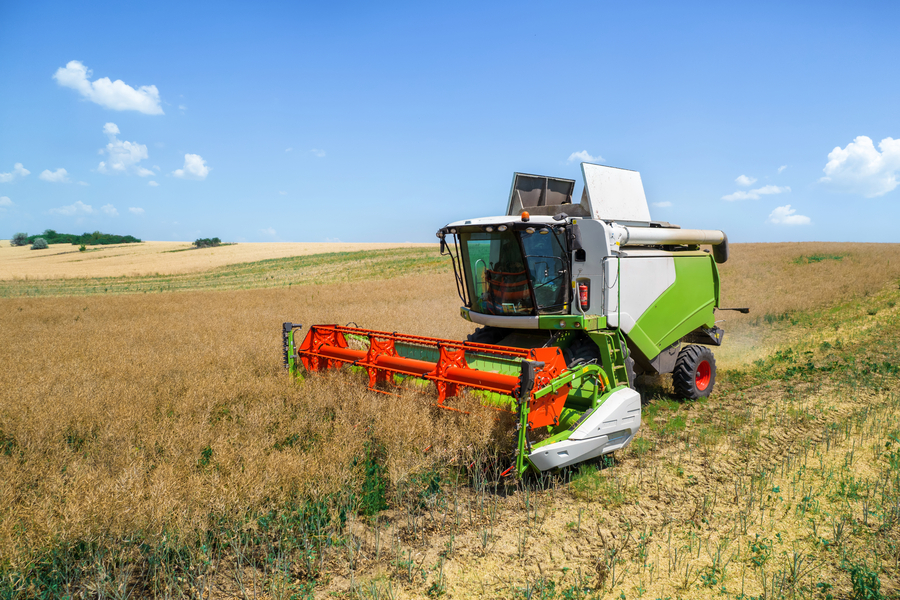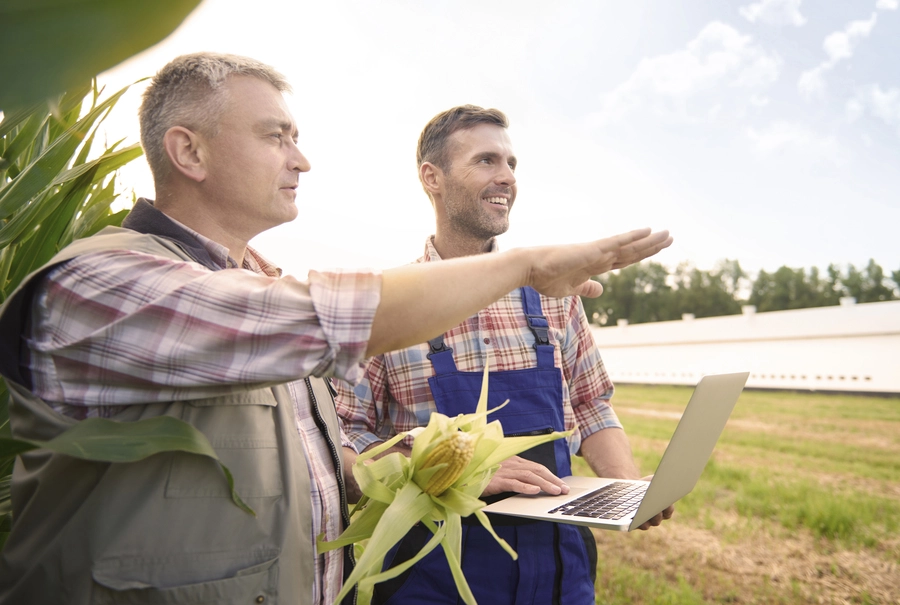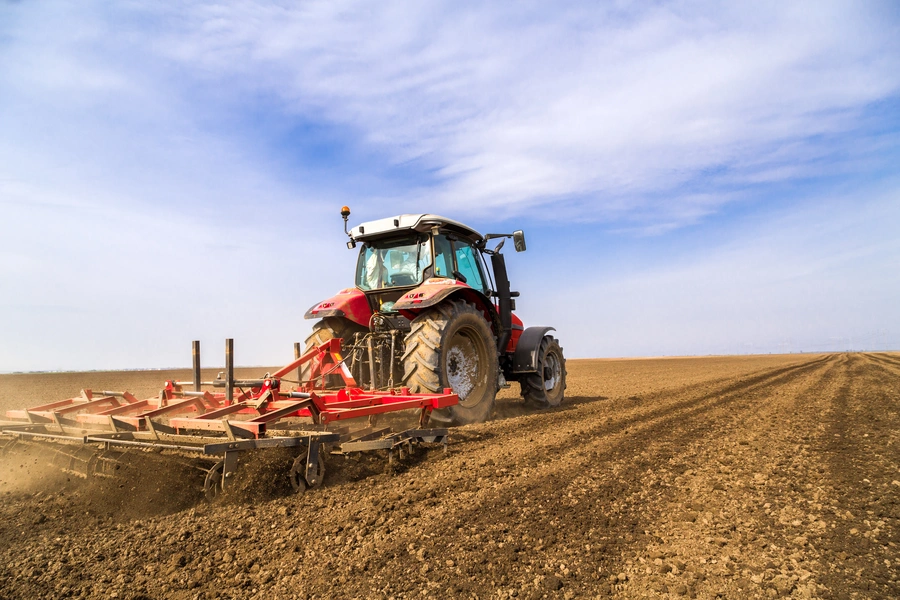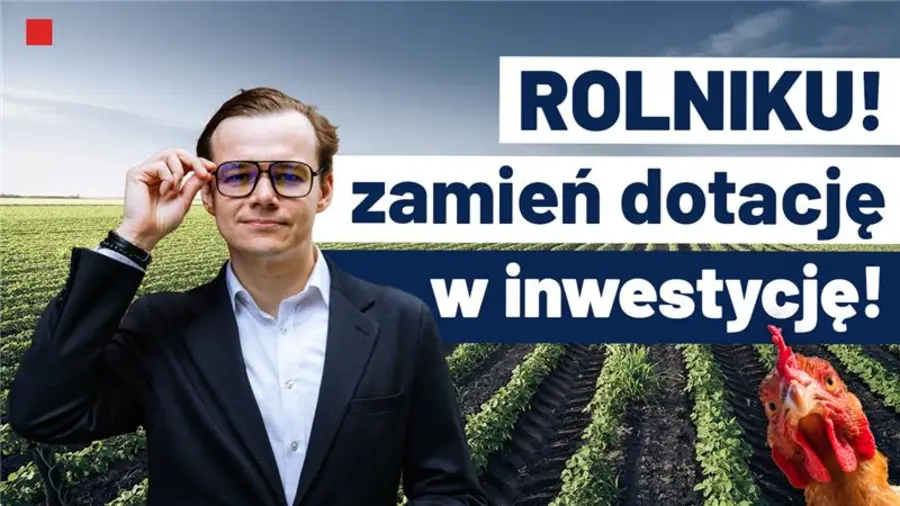
NEWSLETTER
Wpisz swój adres e-mail i zyskaj e-booka
Bez niechcianej poczty ani reklam
Tylko merytoryczne treści z obszaru digitalizacji produkcji

Subsidies for farmers – a topic that electrifies the public, but also gives hope for change in agriculture. Imagine a picture like this: a farmer from a small farm that previously barely supported himself begins to manage his land from his phone. Not because he became a millionaire, but because he invested wisely in technology.
Today, that’s exactly what we’re talking about – the opportunities presented by grants for farmers and three solutions that can realistically transform everyday life in the countryside.

The Agency for Restructuring and Modernization of Agriculture (ARiMR) officially announces that the call for applications under the Small Farm Development program runs from October 1 to November 28, 2025. The funding is aimed at helping smaller farms get to a higher technological level. Who has a chance to receive the farmers’ subsidy?
Owners of farms of up to 300 hectares, with an annual income of at least PLN 5, 000 and an economic value not exceeding €25,000.
The subsidy is:
The condition? An increase in sales revenue of at least 30%, or no less than PLN 43,200 per year.
Sounds serious, right? What’s most important? The fact that it’s actually an invitation to change your thinking: from farming “for survival” to managing your farm like a business.

Get 5 chapters of the book for free!
Join the newsletter and gain access to 40% of the book
“15 Steps to Buying an Information System“.
Wondering what specifically you can spend the funds on?
Here are three technologies that not only meet the program’s conditions, but have a real impact on crop efficiency and profit.
Imagine a dashboard that shows you in real time how much energy each machine, pump, chiller or light consumes.
It’s not a sci-fi movie scenario, but an EMS (Energy Management System).
Such a system allows:
As a result, you can reduce your bills by as much as 20-30%, and the return on investment with a well-chosen set of sensors and software often occurs in less than two years.
Farming of the future is not just about machinery, but data.
For tens of thousands of zlotys today you can deploy a network of soil moisture, temperature or irrigation sensors that you deploy in the field like small weather stations.
Thanks to them, you know exactly:
Importantly – such systems often do not require the Internet or complex infrastructure. They operate locally, communicating with each other and sending data to a mobile application.
It’s a solution that sounds trivial, but don’t be fooled – it delivers huge results.
Automatic drip lines allow you to deliver water and nutrients to plants evenly and precisely – at scheduled intervals, even at night, when energy consumption is cheaper.
You make the biggest impact when you combine all three technologies:
IoT sensors monitor soil moisture, the EMS system manages energy, and drip lines automatically respond to sensor data.
It’s no longer a single solution – it’s a digital farm in action.

I hope the topic of farm automation has interested you. However, remember not to invest in new technologies blindly. Be prepared so that the money you get from farm subsidies doesn’t go down the drain. Learn the 5 steps that will lead you to farm automation.
This is not magic, but a methodical approach to data investment.

Any technology in agriculture is an investment in the future and in independence.
Subsidy programs won’t last forever, and farms that start collecting and analyzing data today will gain a huge advantage. Ask yourself: do you want to fall behind your competitors?
The subsidy is just a tool. What you do with it depends on your plan and the courage to think of the farm as a business you want to digitize for tangible savings, stability and better business decisions.
Do you already know how you’ll take your chances with the 2025 Farmer Grants program?
Subsidies for agriculture – real support or cheap slogan? Learn how to use farm subsidies to bring real benefits in the form of better efficiency and quality of production.
